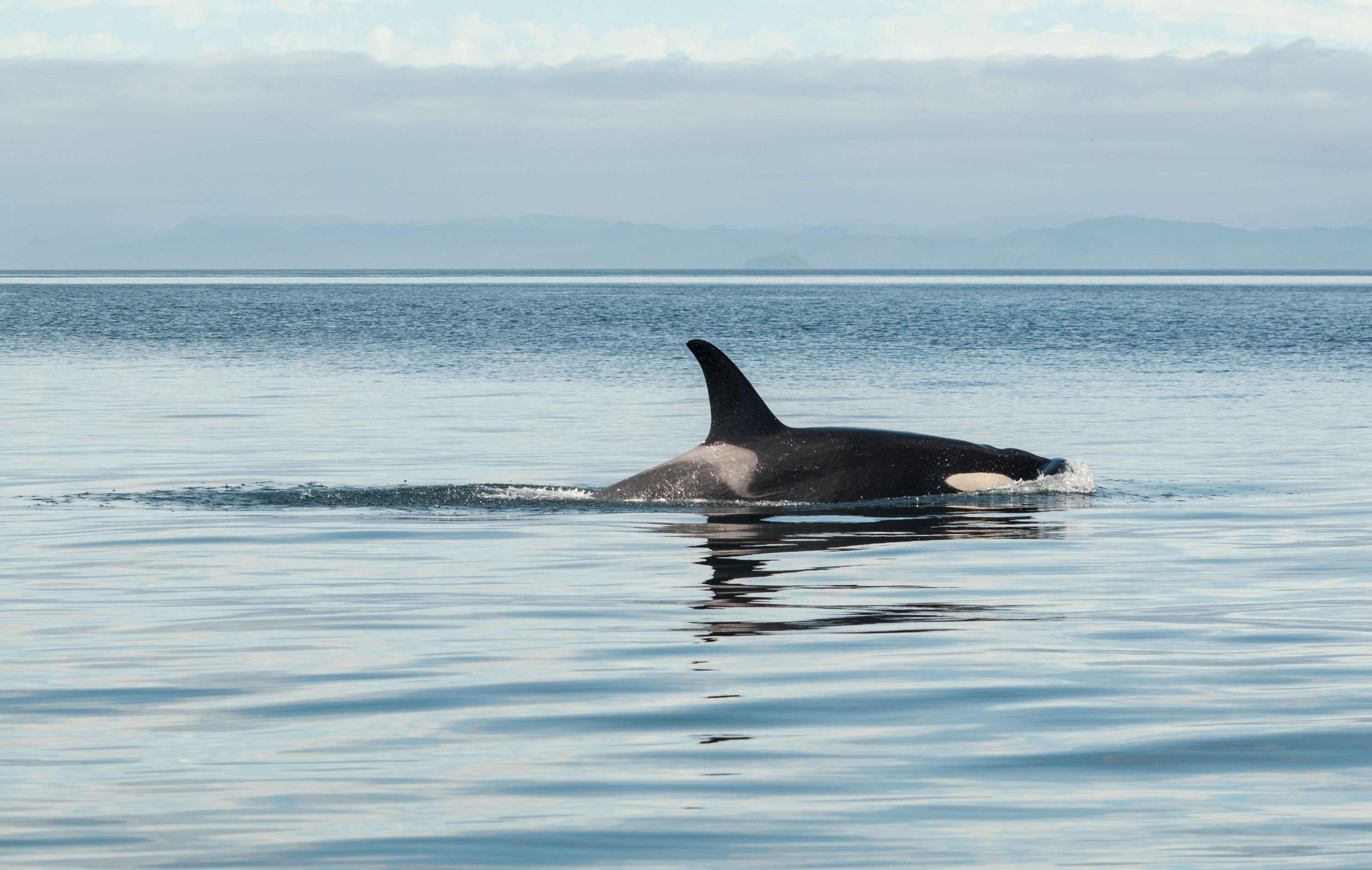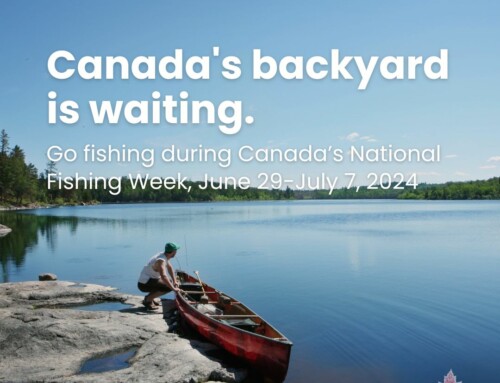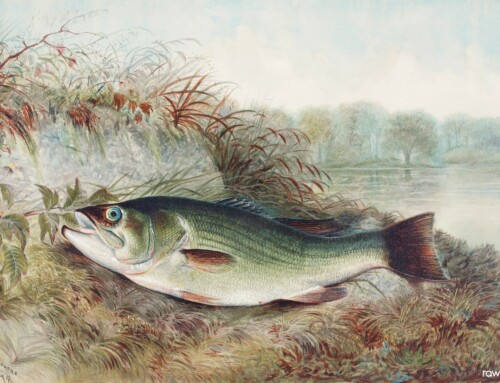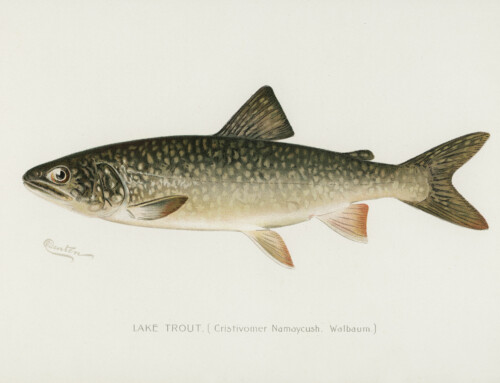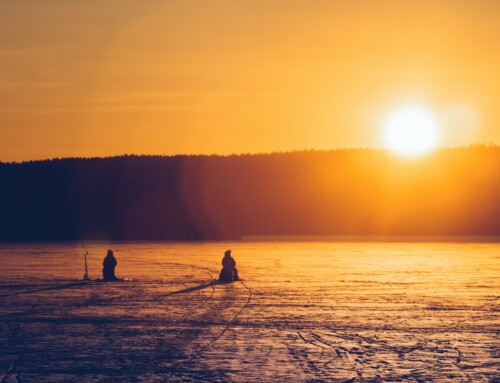Many Canadians are concerned about the survival of killer whales. While reports seem to suggest the situation is dire, the research paints a much more complex picture.
Data on Southern Resident Killer Whales, beginning in the 1960s, shows their populations have fluctuated for generations. Which begs the question: how many should exist? Depending on how the data is interpreted, populations have been in decline for twenty years… or increasing for the past 45 years.
The truth is that their population has dipped four times in the past 60 years.
The Decline of SRKWs
The first decline was due to whales being removed from their natural habitats for the aquarium industry in the 1970s. Their population was at an all-time high in 1998.
The most recent decline in SRKW populations has been attributed to several factors, including increased pollution, climate change, and boat traffic.
Another reason is the declining Chinook salmon population. Chinook salmon is the primary food source for SRKW.
Many scientists, including Dr. Andrew Trites, suggest that the declining Chinook salmon population is directly related to the exponential increase in seal and sea lion populations. SRKW are competing for food – in addition to facing many environmental issues.
Why then has Fisheries and Oceans Canada chosen recreational anglers as a scapegoat? DFO has closed vast areas of BC to fishing, threatening the livelihoods of many. Stopping recreational anglers from fishing for salmon will not increase salmon numbers enough to help Southern Resident killer whales.
It is important to understand that anglers are not an enemy.
A Few Fast Facts About Killer Whales
- There are approximately 380 salmon-eating killer whales on the coast of BC
- Northern Resident Killer Whale populations have doubled since the mid-70s
- There are currently 74 Southern Resident Killer Whales and their population is at risk
- Southern Resident Killer Whales return to British Columbia in the springtime and reside there for approximately 2-3 months where they feed on salmon
- Southern Resident Killer Whales have fewer breeding females than they need to survive
- There
are several reasons Killer Whales are in trouble:
- Climate Change
- Competition for food, including competition from vastly increased numbers of seals and sea lions
- Competition for food and resources from the extra 150 Northern Resident Whales that are slowly encroaching on the southern residents’ traditional territory
Fake science misleads the media and all of us. Why is the Department of Fisheries and Oceans Canada (DFO) ignoring credible scientific data? This is an ongoing issue that we will be reporting on as the threat of fishing closures arise across the country. Coastal B.C. is only the beginning.
Keep Canada Fishing is the national voice of Canada’s anglers, and we lead the effort to preserve your right to fish. We are your voice on Parliament Hill. If you would like to contribute to our efforts to “Keep Canada Fishing,” you can donate now via PayPal.
We also invite you to review the Canadian Sportfishing Industry Association’s document, Elevating Recreational Fishing to a National Priority, for more details about this very important topic.

